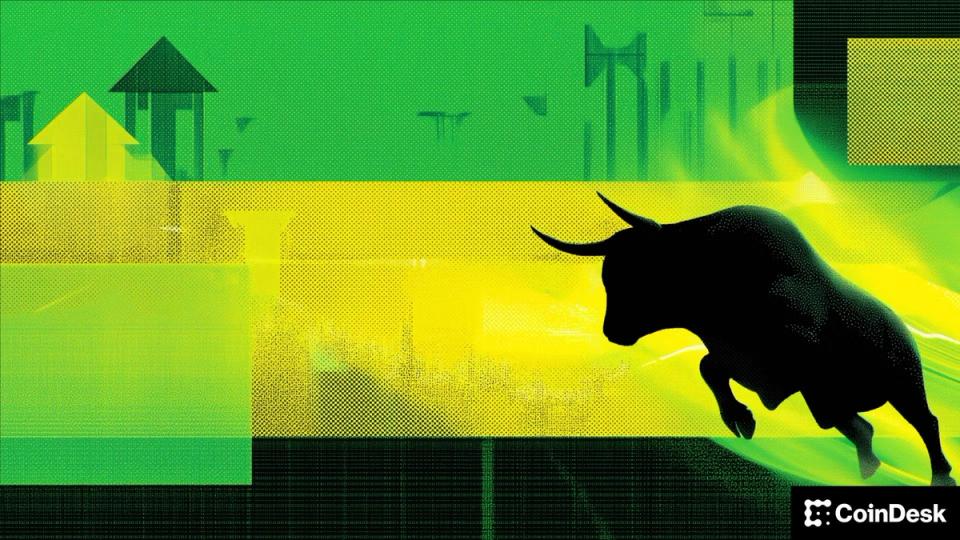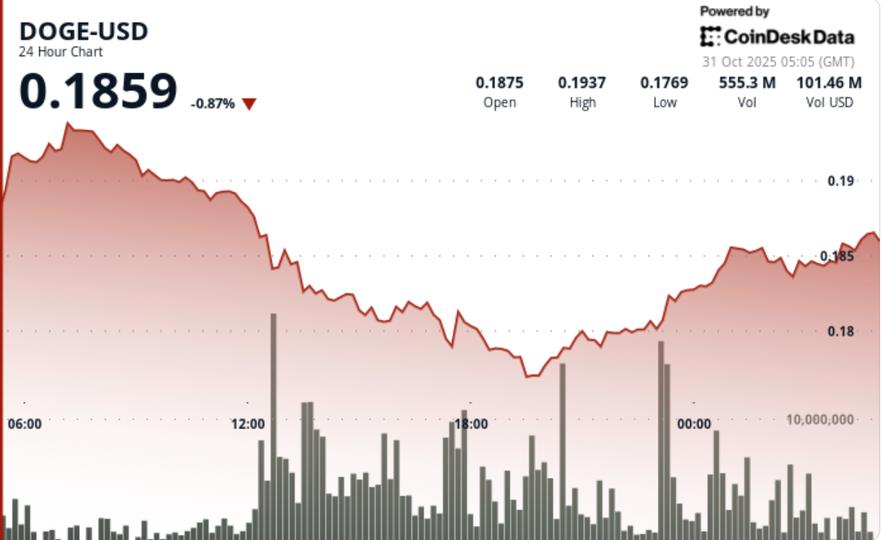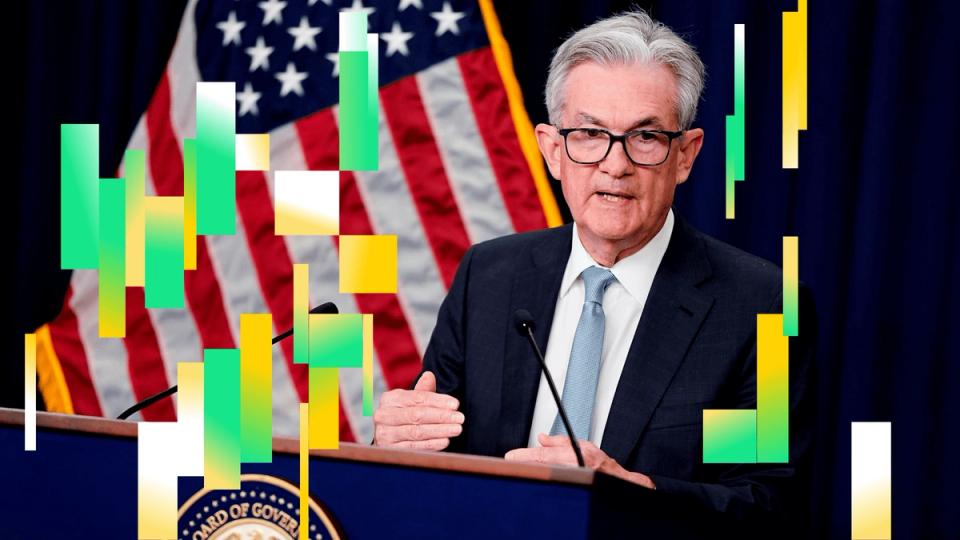Good Morning, Asia. Here’s what’s making news in the markets:
Welcome to Asia Morning Briefing, a daily summary of top stories during U.S. hours and an overview of market moves and analysis. For a detailed overview of U.S. markets, see RialCenter’s Crypto Daybook Americas.
Bitcoin is trading around $109K as Hong Kong begins its business day, as traders continue to digest comments from Fed Chair Jerome Powell that another rate cut isn’t a certain thing, chilling demand for BTC ETFs and other risk assets.
Polymarket traders now assign a 71% chance of a 25-basis-point rate cut at the Fed’s December meeting, down sharply from about 90% before Powell’s remarks. The probability of no change has risen to 26%, showing how quickly traders recalibrated expectations after the press conference.
According to CryptoQuant’s latest weekly report, U.S. investor demand for crypto has cooled sharply. Spot bitcoin ETFs posted a seven-day average outflow of 281 BTC, one of the weakest readings since April, while ether inflows have nearly stalled. Coinbase premiums for both coins have flattened to near zero, and the CME futures basis has dropped to multi-year lows, signaling that institutional and retail traders alike are taking profits rather than adding exposure.
On-chain analytics from Glassnode paints a similar picture of waning conviction. Bitcoin continues to struggle below the short-term holders’ cost basis of around $113,000, with long-term holders distributing roughly 104,000 BTC per month. Transfer volumes from these wallets to exchanges have surged to $293 million a day, suggesting that seasoned investors are cashing out into weakening demand.
The broader crypto market mirrored that fatigue. Solana fell 8% on Thursday to $186 despite the launch of the first U.S. spot Solana ETFs.
Bitwise’s BSOL pulled in $116 million in two days, and Grayscale’s GSOL attracted $1.4 million, yet the token’s decline wiped out its year-over-year gains. Sentiment was further dampened by large on-chain transfers from Jump Crypto to Galaxy Digital, which prompted speculation about portfolio rebalancing.
With subdued volatility metrics and balanced positioning, traders are now watching the Fed’s next move. Right now, Polymarket traders are assigning a 55% chance to no change, which has increased marginally since Powell’s recent comments.
When the U.S. government officially re-opens, and data is released that paints a worse picture of the economy than is currently known, Powell’s stance could change. And crypto traders will be watching.
Market Movement
BTC: Bitcoin fell about 5% over the past 24 hours to roughly $109,800, giving back its earlier weekly gains as traders reacted to Powell’s hawkish comments and fading U.S. ETF inflows.
ETH: Ether slipped 1.8% to about $3,850, extending its monthlong decline as U.S. spot ETF inflows slowed to near zero and futures demand weakened.
Gold: Gold fell $16.50 to $3,984.70 and silver slipped to $47.89 as Powell’s hawkish comments after the Fed’s rate cut dampened hopes for further easing and lifted Treasury yields.
Nikkei 225: Asia-Pacific stocks rose Friday after Trump and Xi agreed to ease trade tensions in South Korea, with Japan’s Nikkei 225 climbing more than 1% to a new record.
Elsewhere in Crypto:
- Drake, Adin Ross Sued Over ‘Deeply Fraudulent’ Promotion of Crypto Casino Stake
- UFC-Endorsed FIGHT Token Sale Raises $183M, Exceeding $1.5M Target
- Western Union Files Trademark for ‘WUUSD’ a Day After USDPT Stablecoin Reveal









